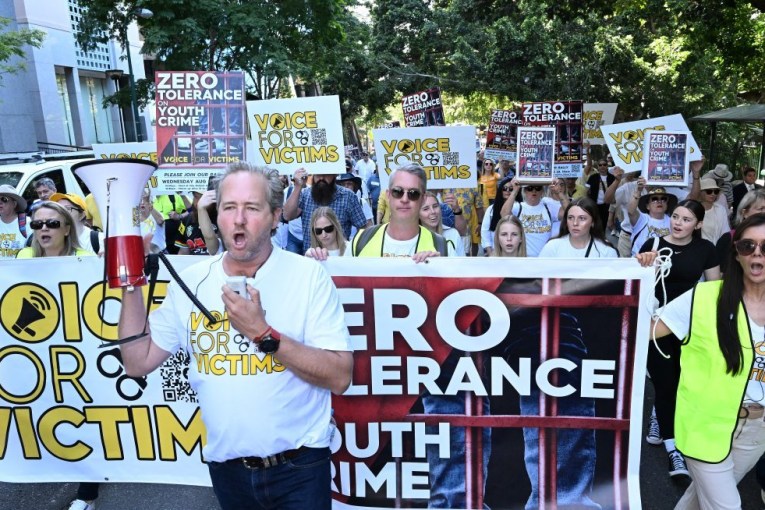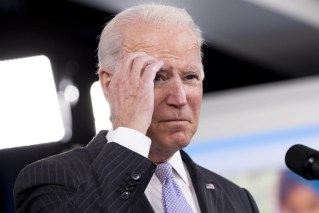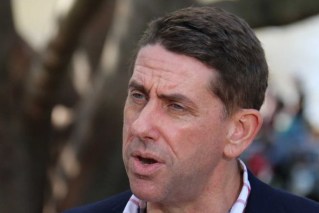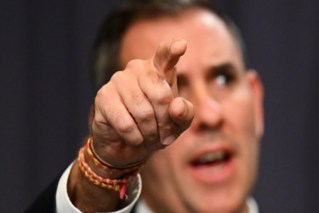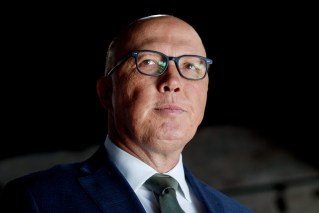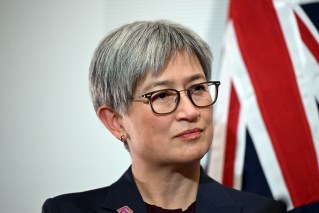PM unveils ambitious plan to close life expectancy gap by 2031
Governments have set an ambitious target of closing the life expectancy gap between Indigenous and non-Indigenous Australians by 2031.
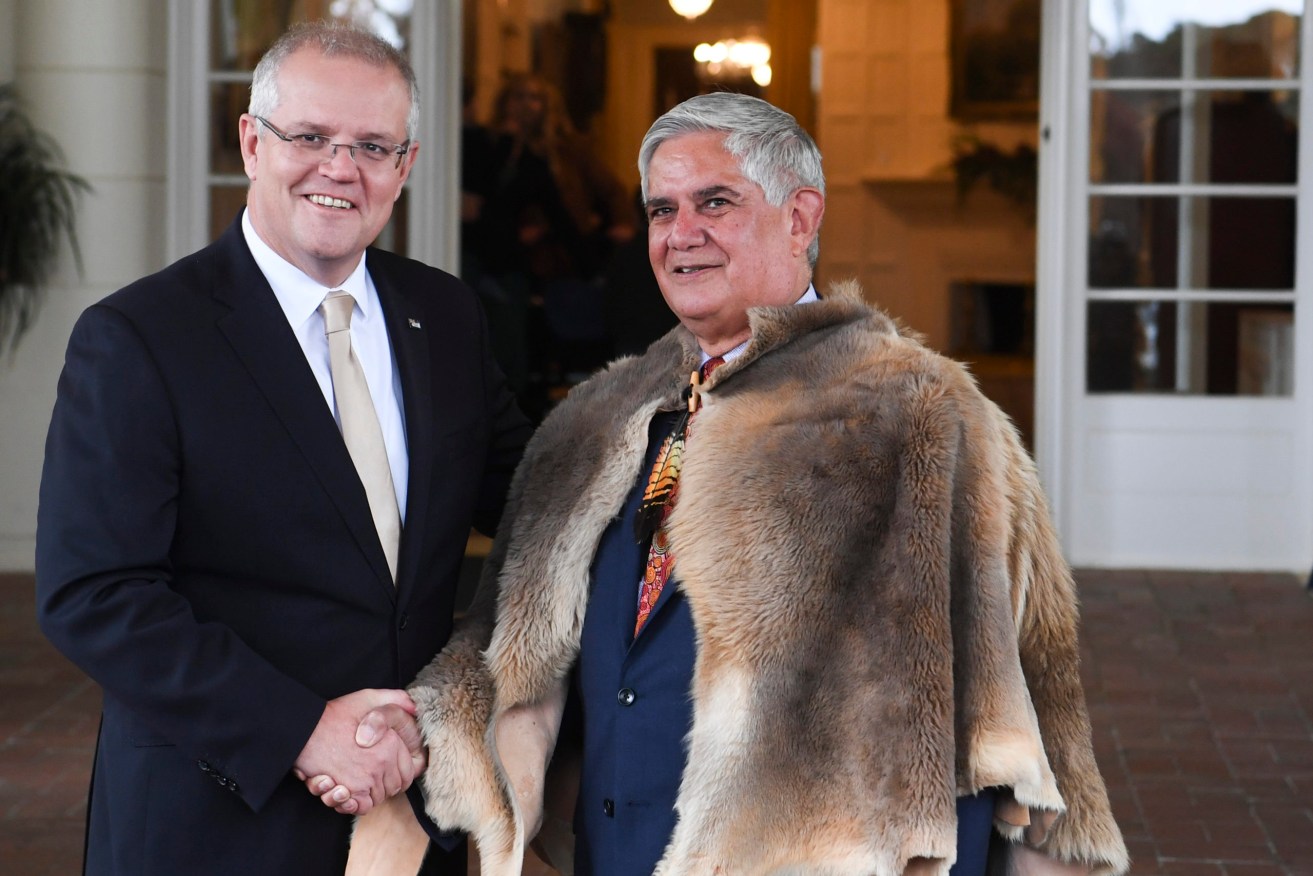
Member for Hasluck and Minister for Indigenous Australians Ken Wyatt (right) poses for a photograph with Australian Prime Minister Scott Morrison. (Photo: AAP Image/Lukas Coch)
A new Closing the Gap agreement, which also covers children’s health and jail rates, will be unveiled on Thursday and has the support of Australia’s local, territory, state and federal government leaders.
Non-Indigenous men live 8.6 years longer than their Indigenous counterparts, while the gap is 7.8 years for women.
Prime Minister Scott Morrison said having directly negotiated the agreement with Indigenous people would ensure progress could be made on areas ranging from early childhood to employment.
“The gaps we are now seeking to close are the gaps that have now been defined by the representatives of Aboriginal and Torres Strait Islander peoples,” Mr Morrison said.
“This is as it should be. This creates a shared commitment and a shared responsibility.”
The agreement comes into effect on Thursday, having been signed by federal, state and territory leaders, Coalition of Peaks lead convenor Pat Turner, and the Australian Local Government Association.
The 16 specific national socio-economic targets cover a range of measures, most of which have a 2031 target date.
Among them are increasing the proportion of babies with a healthy birthweight to 91 per cent, driving up the year 12 attainment rate to 96 per cent and cutting the jail rate for adults by at least 15 per cent.
Within five years, 95 per cent of Indigenous children would be enrolled in early childhood education a year before full-time schooling.
As well, the leaders have committed to a “significant and sustained” reduction in violence against women and children with the long-term aim of zero violence.
Turner said Indigenous people wanted to have a direct say on how things should be working in their communities.
“If the priority reforms are implemented in full by governments and through shared decision making with First Nations people, we should see changes over time to the lives and experiences of our people,” she said.
The targets will be backed by two types of partnerships.
Policy partnerships will bring together governments and Indigenous representatives, while place-based partnerships will be rolled out in specific regional areas.
An initial five policy partnerships will cover justice, mental health, housing, early childhood and Indigenous languages.
Six place-based partnerships are proposed within the first 12 months of the agreement.
The governments have also pledged to channel more funding to Indigenous community-controlled organisations.
The Productivity Commission will deliver a progress report every three years and there will be an Indigenous-led review of how changes are impacting in communities.
Annual reports on actions taken by all parties will be published and tabled in parliaments.
CLOSING THE GAP REVAMPED
Prime Minister Scott Morrison and Indigenous leaders have announced 16 new Closing the Gap targets as well as how governments will be held accountable for meeting them.
THE NEW TARGETS
BY 2025
* Increase the proportion of Indigenous children enrolled in early childhood education to 95 per cent
BY 2030
* 15 per cent increase in Australia’s landmass subject to Aboriginal and Torres Strait Islander people’s legal rights or interests
* The same goal for legal rights in the sea
BY 2031
* Close the gap on life expectancy within a generation
* Increase the proportion of Indigenous babies born with a healthy birth weight to 91 per cent
* Increase the proportion of children developmentally on track in all five areas of national census to 55 per cent
* 96 per cent of Indigenous people (aged between 20 to 24) achieving year 12 qualification or equivalent
* 70 per cent of those aged between 25 to 34 complete a tertiary education
* Increase proportion of 15 to 24 year olds employed to 62 per cent
* Increase the number of people living in appropriately sized housing (not overcrowded) to 88 per cent
* Reduce the number of Indigenous adults incarcerated by at least 15 per cent
* Reduce the number of young people in detention by at least 30 per cent
* Reduce the rate of children in out-of-home care by 45 per cent
* Move towards zero women and children experiencing violence and abuse
* Have a sustained increase in number and strength of Aboriginal and Torres Strait Islander languages spoken
PRIORITY REFORMS
* Formal partnerships and shared decision making between governments and Indigenous representatives
* Build community-controlled sector to deliver services
* Transform government organisations
* Share access to data and information at a regional level
-AAP
